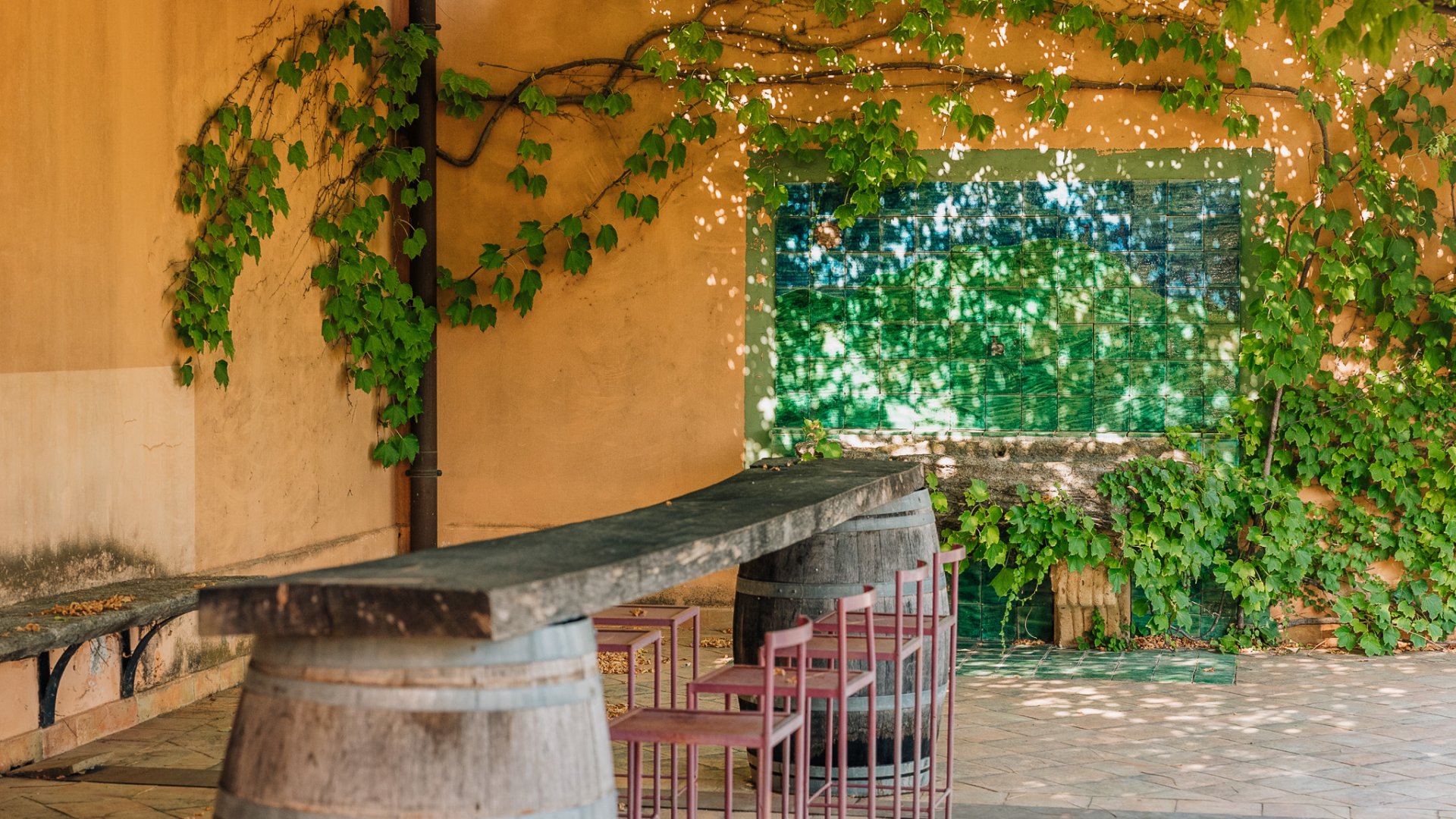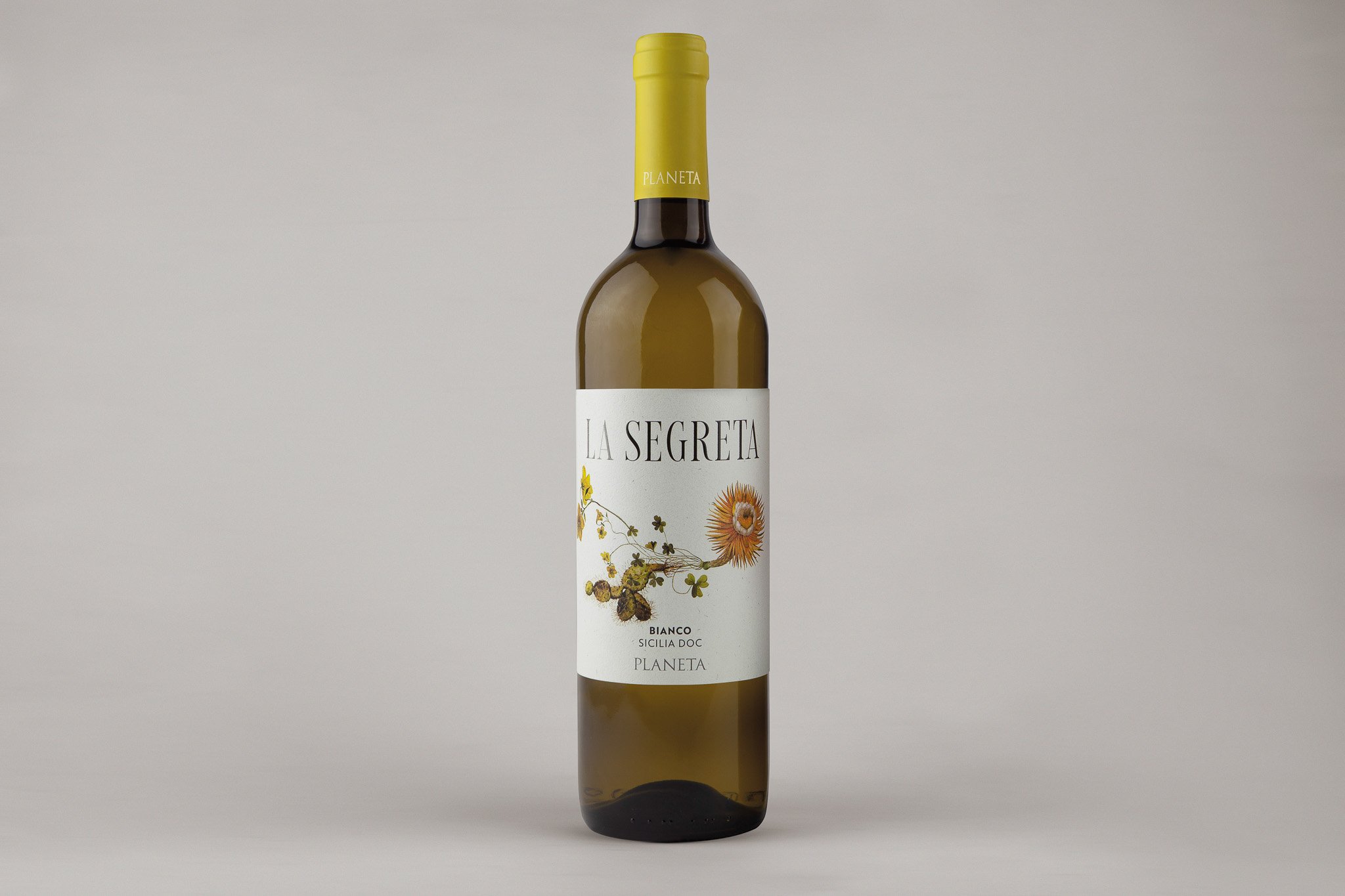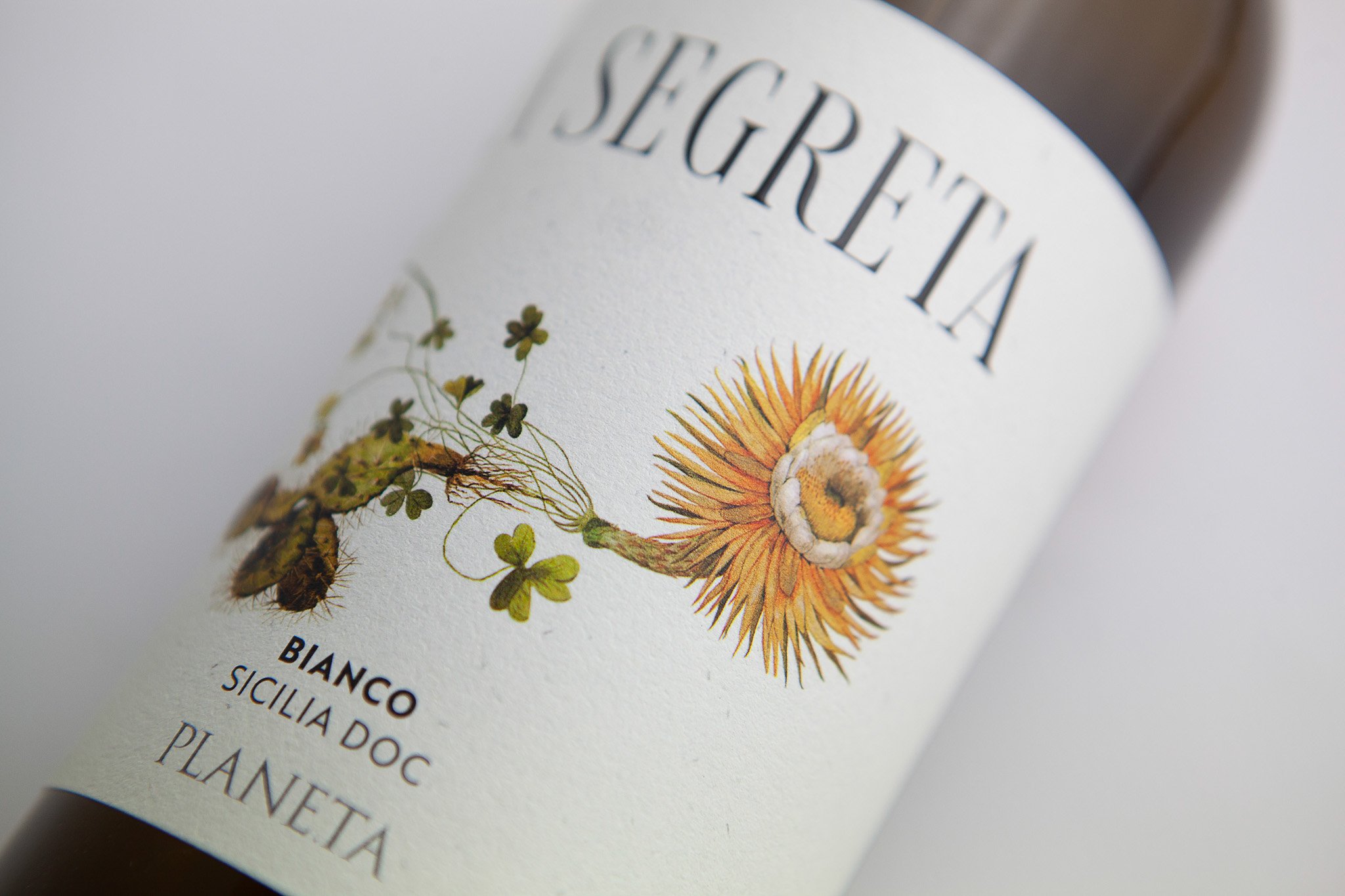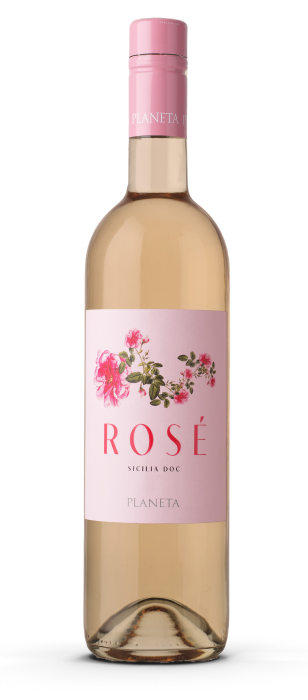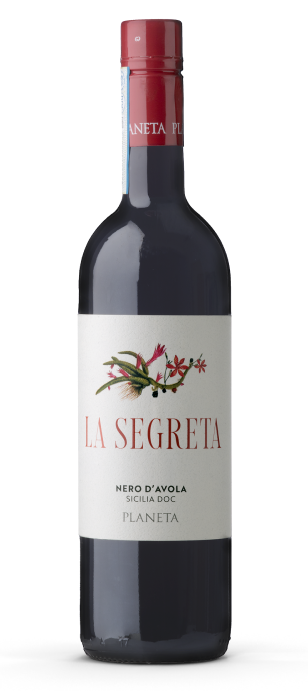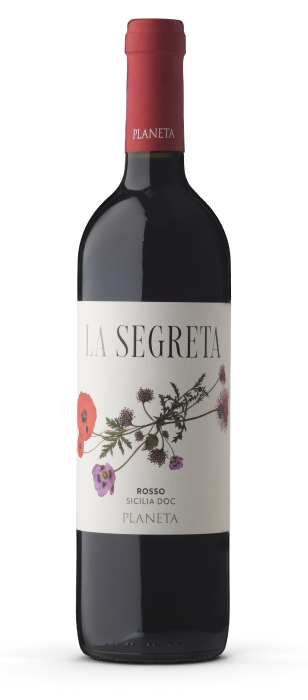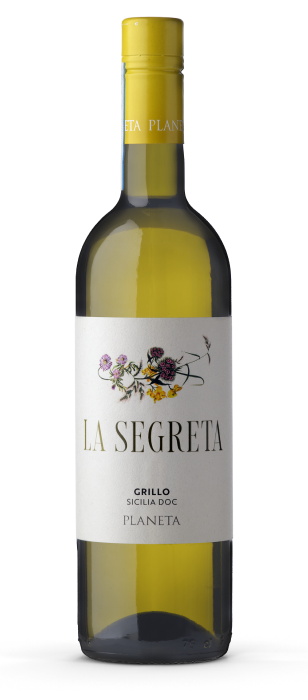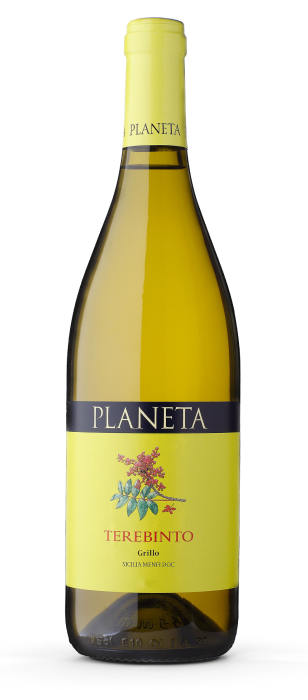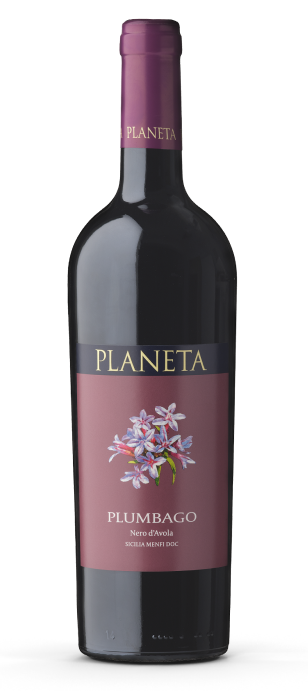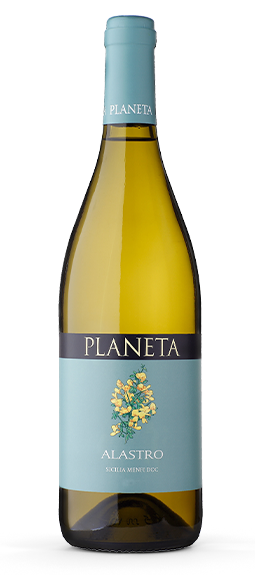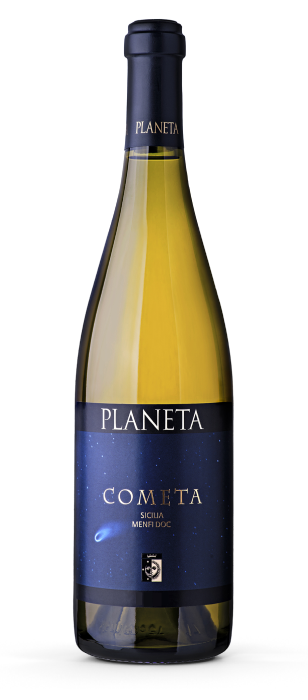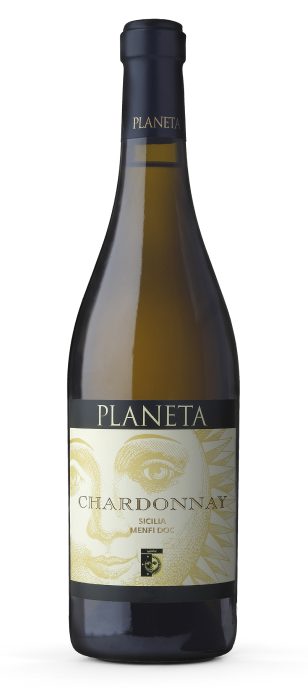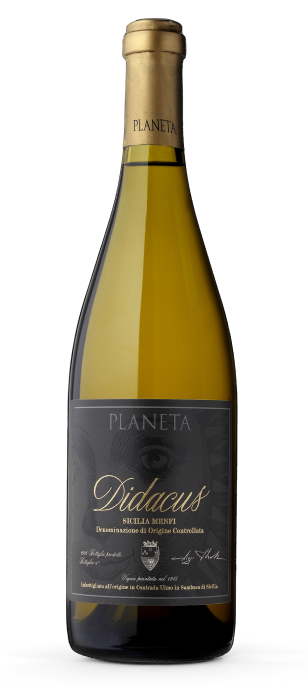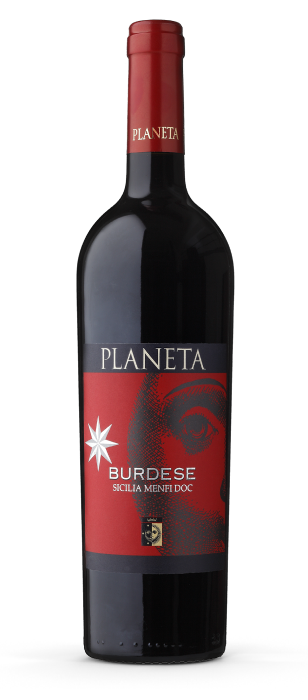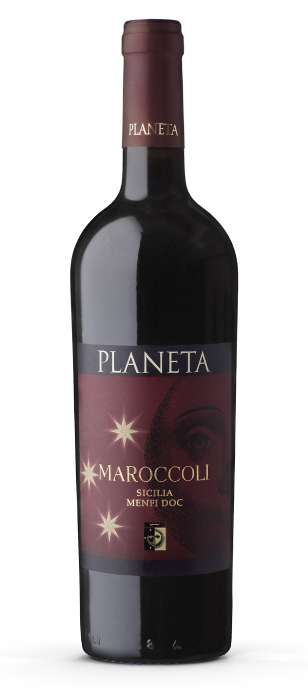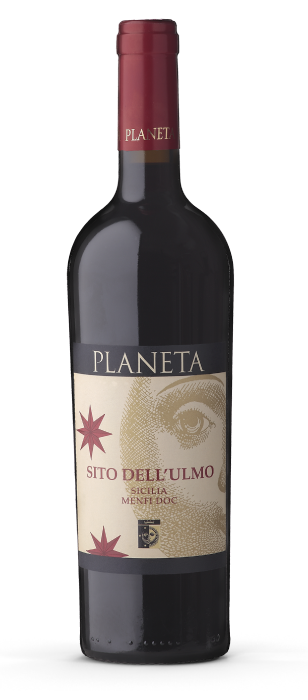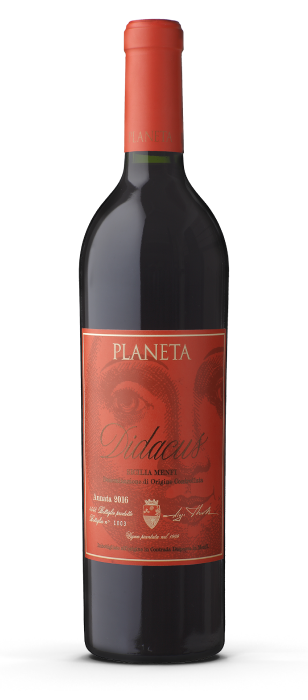This wine has always been produced exclusively from the vineyards owned by the Planeta family for centuries, cultivated with passion and according to sustainable and organic agriculture criteria. Its first label was graphically related to an ancient 18th-century map of the area, to underline the family’s deep roots and presence on site since ancient times. Today it appears in a totally new and refined look. This time we took inspiration from the theme of Sicilian nature – both inside the bottle and out – drawing from the work of an eminent Sicilian pharmacist, Giuseppe Riggio, who, between the end of the 18th and the beginning of the 19th centuries, created a “erbario picto” with the help of a painter, depicting Sicilian flora with great precision and poetry. The new label offers a collection of herbs, flowers and roots, expression of the hidden and powerful beauty that is revealed only to those who know how to appreciate it. A richness of aromas and taste fully developed in these wines.
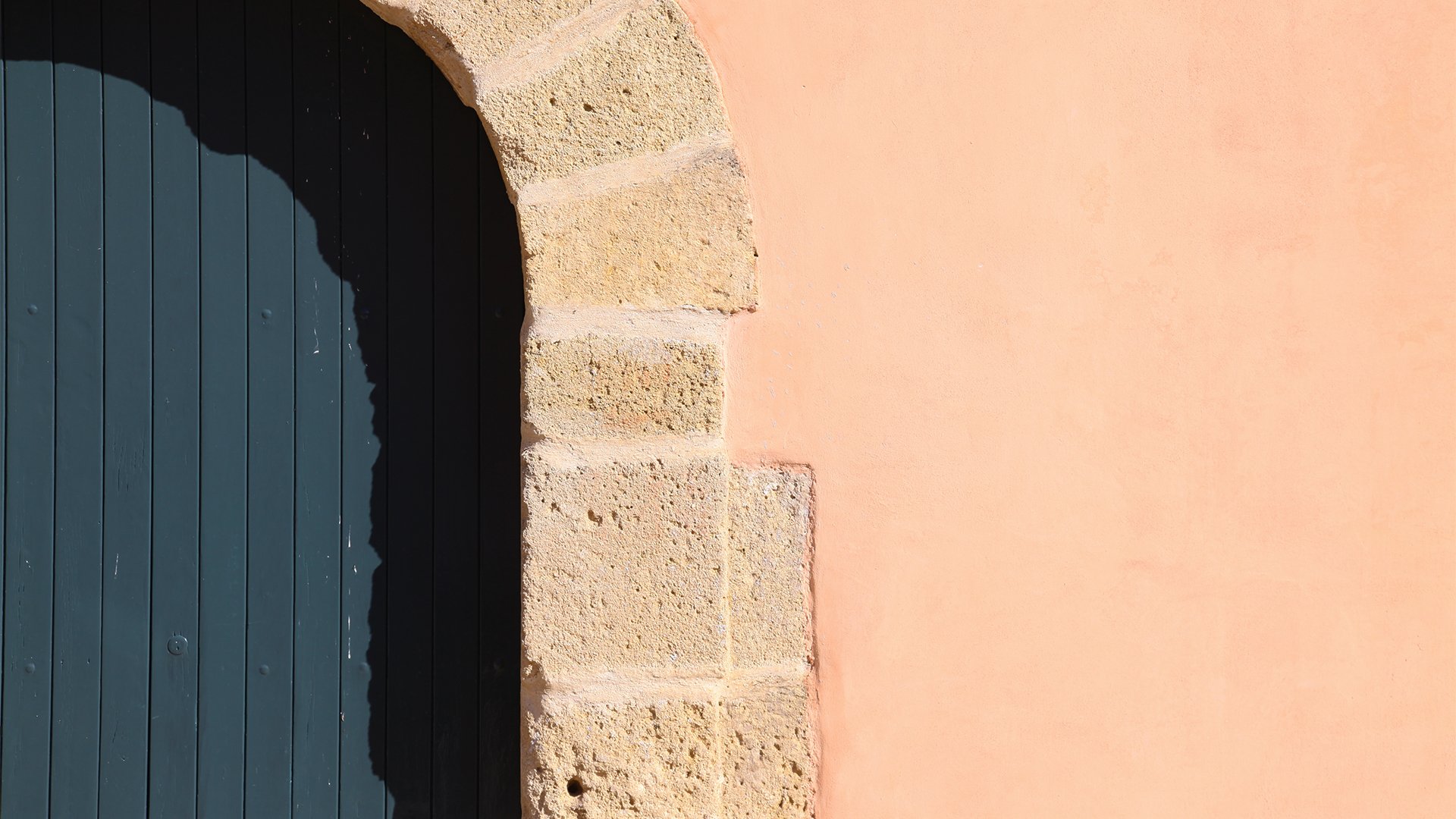
Un’icona per la sicilia intera
La Segreta bears the name of the woods surrounding our Ulmo vineyards.
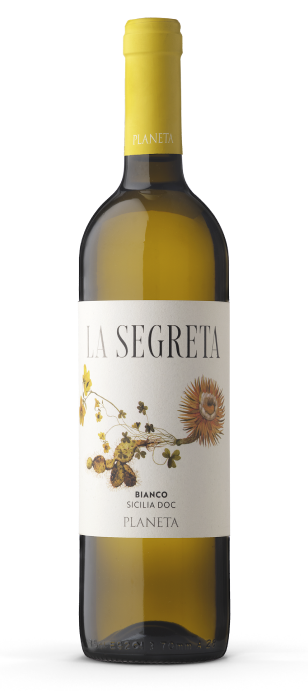

denomination
Sicilia D.O.C.
Variety
40% Grecanico, 20% Chardonnay, 20% Grillo, 20% other varieties
Location
Menfi and Sambuca di Sicilia
Vineyard
Dispensa, Gurra, Ulmo
First vintage
1995
Details
type of soil
At Dispensa moderately deep, scarce almost non-existent structure, moderately limey, average fertility; at Gurra lime and much chalk; at Ulmo soils of medium texture, from moderately deep to deep with abundant structure consisting of pebbles, slightly limey, and with areas of dark vegetable soil.
ALTITUDE
Dispensa 45–75 metres above sea level;
Gurra 75 metres above sea level;
Ulmo 210 metres above sea level.
TRAINING SYSTEM
Espalier with spurred cordon and Guyot pruning system.
METHOD OF CULTIVATION
According to the criteria of organic agriculture and the SOStain® protocol; ground cover with berseem and underground clover, beans, vetch, mustard and wild extracts; plant health fostered with sulphur and copper in minimal amounts; phytophages attacked with useful insects and sexual confusion.
Tasting notes
Pale yellow with beautiful sea green reflections; on the nose aromas of white peaches, not too ripe apricots, Sicilian citrus fruits, white melons, tropical fruits, chestnut honey, freshly cut hay.
Fresh acidity and excellent persistence, thanks to a slim and balanced texture. The sensations of fruit and salinity return to the palate, together with a pleasant freshness.
